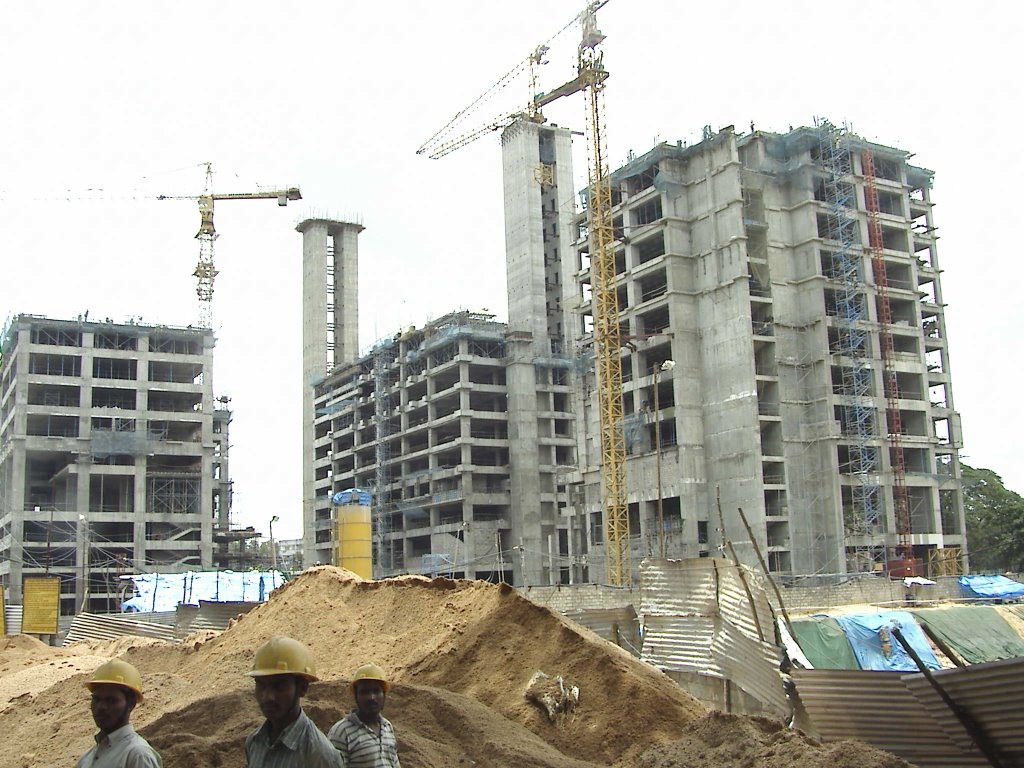
For any market to work efficiently to arrive at a right price, transactions need to happen. Buyers need to buy and sellers need to sell. Take the case of the real estate market in the country currently. Transactions have slowed down. In many places they have come to an absolute standstill.
Those who own real estate are not selling it. Those who want to buy real estate are in no mood to buy it. A simple reason for this lies in the fact that the real estate prices all over the country are way beyond what most people can afford. Nevertheless, the reasoning is not as simple as that.
The area where real estate is bought or sold has a circle rate decided by the state government. The circle rate is the minimum value at which the actual transfer of a property between a seller and a buyer should take place. Hence, the buyer of the property pays stamp duty to the state government on the circle rate.
Over the years the market price of real estate in India has usually been higher than the prevailing circle rate. This has essentially led to a situation where the transaction is registered at the circle rate or a little higher, and the remaining transaction is carried out in black money.
Nevertheless, in the recent past the situation has reversed. In many parts of the country the prevailing circle rate is now higher than the market price. And this has led to the transactions in the real estate market coming to a complete standstill. People are not buying and selling homes because of this.
TN Ninan made this point recently in the Business Standard where he said that the circle rates at which stamp duty is collected had been raised three or four times by the Delhi government in the last four years. “The scuttlebutt is that the market rates for property have fallen in the ballpark region of 30-40 per cent. Consequently, the circle rates are now about 50-75 per cent higher than the real rates in the market,” he wrote.
A similar point was made S Murlidharan on Firstpost, where he wrote about circle rates in Sriperembudur near Chennai. The going circle rate in the area for residential land is Rs 600 per square foot. But, as he writes, there are no buyers even for Rs 400 per square foot.
This marked disconnect between the circle rates and the market price has brought transactions to a standstill.
As Muralidharan explains: “Suppose a transaction is done at Rs 350, the consequence for the buyer would be he would have to pay stamp duty on Rs 600 even though he bought for Rs 350 and for the seller capital gains on Rs 600 less cost even though he got only Rs 350.”
A buyer does not want to pay stamp duty on Rs 600 per square foot when he is actually paying only Rs 350 per foot to the seller. Along similar lines, the seller does not want to pay capital gains tax on Rs 600 per square foot when he is getting paid only Rs 350 per square foot. Hence, no transaction happens.
A similar situation prevails in parts of Kolkata as well, as this column points out. As mentioned earlier, the situation used to be exactly opposite in the past when the circle rate was lower than the market price. This used to allow a part of the transaction to be carried out in black.
Now that the circle rate is higher than the actual market price, it doesn’t make any sense for those who have black money to invest in real estate in many parts of the country.
The question is why aren’t state governments cutting the circle rates in parts of the country where this situation prevails? One reason lies in the fact that taxing property is seen as an easy way to fill the state government coffers. But with transactions slowing down that won’t remain true anymore. As an official told the Daily News and Analysis, recently in the context of Mumbai: “A majority of registration is lease and leave and licence. Actual buying is quite low. As a result, our revenue is decreasing. We should be generating Rs 6,000 crore to Rs 8,000 crore revenue a year in Mumbai; the current is Rs4,000 crore and below.”
Secondly, the black money of most politicians is invested in real estate. If state governments start bringing down circle rates, this would lead to the unofficial “wealth” of politicians coming down as well. This would happen primarily because transactions will start happening at lower prices. Currently, transactions where circle rates are higher than the market price, transactions have come to a standstill.
What does this mean? If state governments do not allow real estate prices to fall by maintaining high circle rates, then the mess in real estate will continue for a longer period of time. Transactions will not happen and the market will go through a longer “time” correction. And this can’t be good for anyone—buyers won’t be able to buy, sellers won’t be able to sell. The builders will continue holding on to the excessive inventory of unsold homes that they have accumulated over a period of time.
The column originally appeared on Yahoo India on August 18, 2015
(Vivek Kaul is the author of the Easy Money trilogy. He tweets @kaul_vivek)